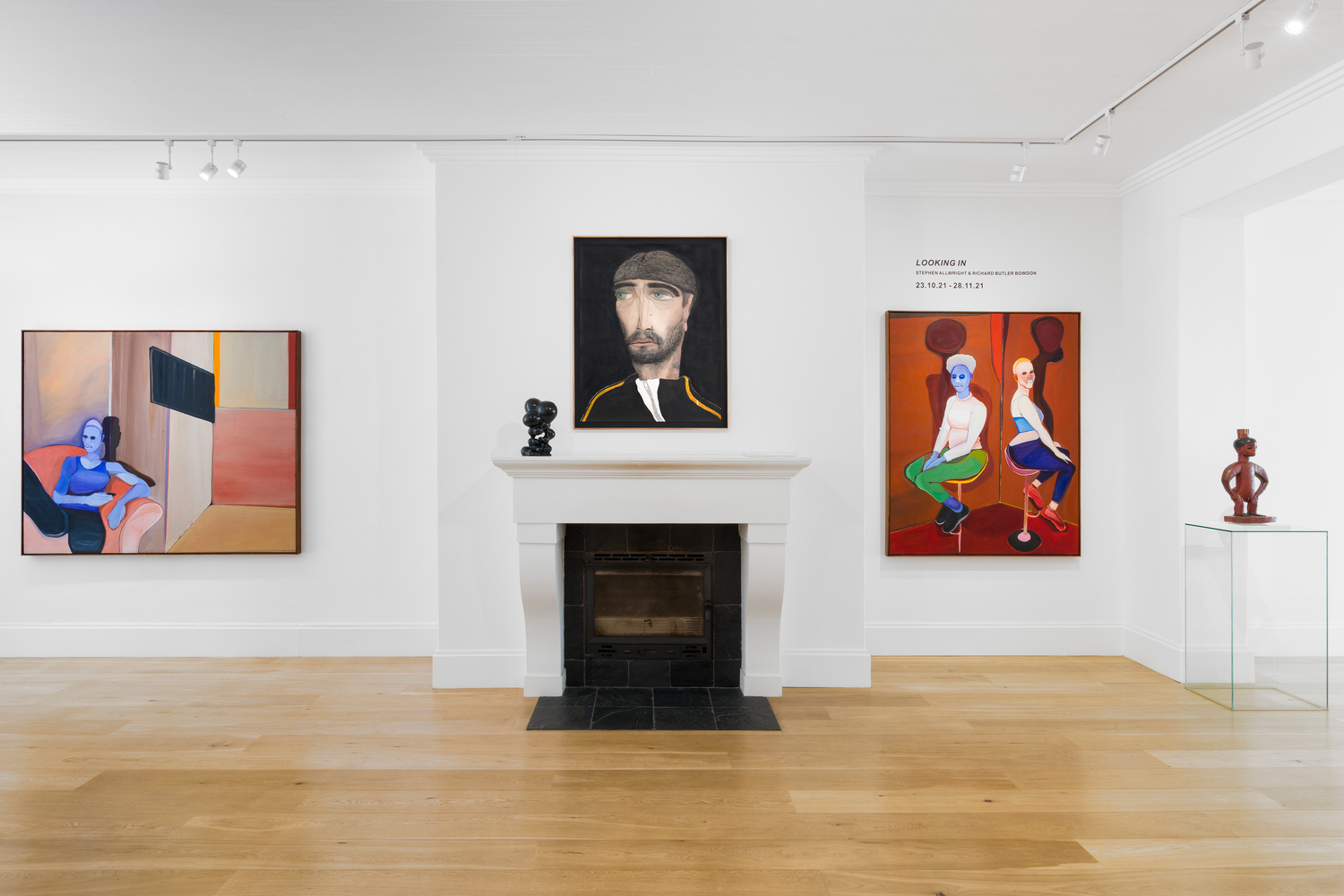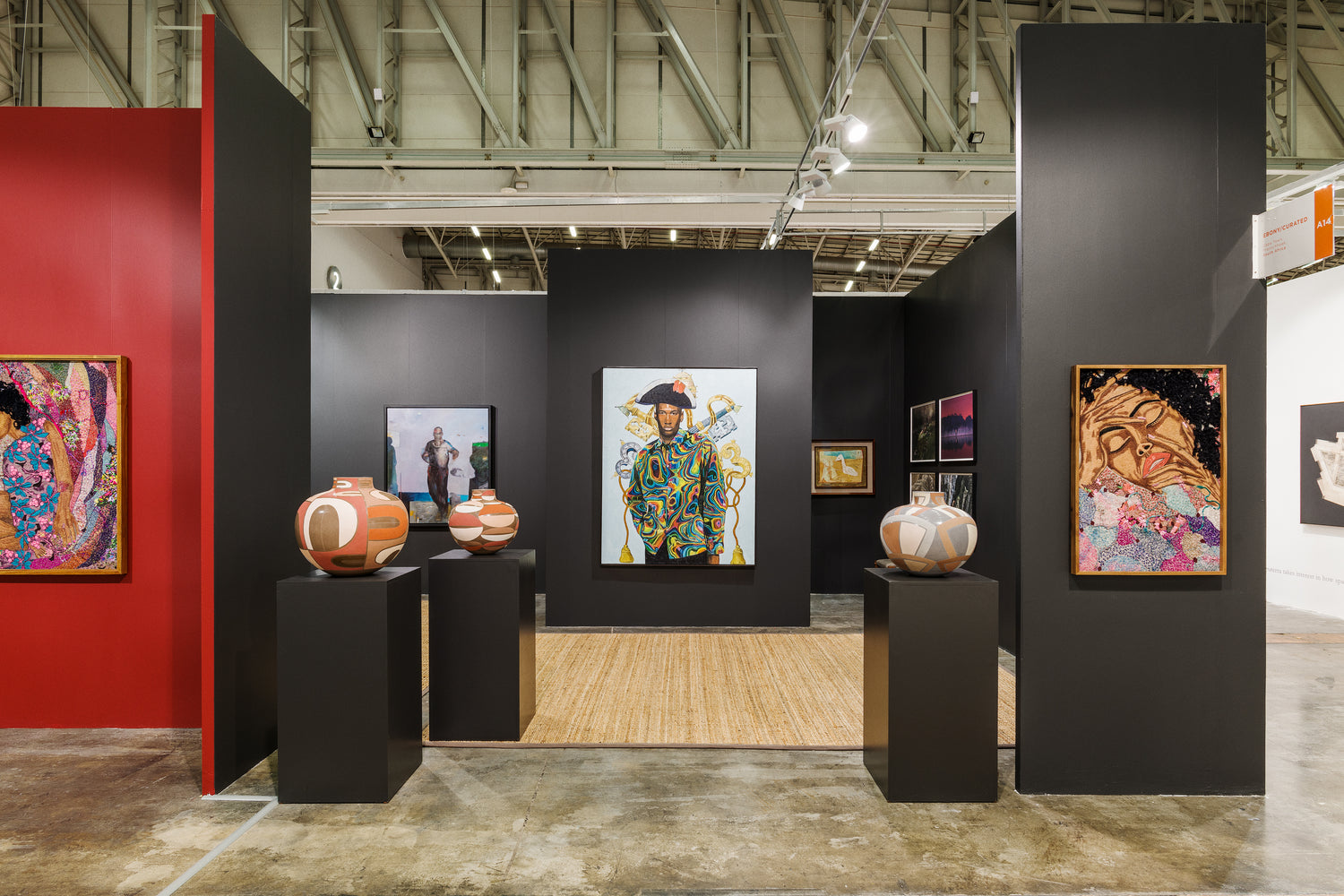Collection: 'The Existentialist and Others' - Richard Butler-Bowdon
The Existentialist and Others
Richard Butler-Bowdon
06.09.18 – 29.09.18
EBONY/CURATED, Loop Street
_____
Much like a novelist, Richard Butler Bowdon draws inspiration from people in real-life. assigning each of his subjects a title rather than a name Butler Bowdon spent time studying them before finally translating their images onto canvas. Within this process, the subjects become fictionalized and are then loosely placed within a yet unrealized narrative. Butler Bowdon deliberately leaves the formation of the narrative up to the viewer, allowing the time, location and their own opinions to further weave a tale for these fictionalised characters.
‘Sometimes I hybridize real individuals with whom I am acquainted with those I work with in sittings, like in ‘Moonrise with Optimism’ where my friend Respect is seen as merging with another as the character in the painting senses a recent flush of success in love, synchronous with the rising of a big full moon’
the initial studies for these works took place in Butler Bowdon’s studio in Clerkenwell, London during 2016 and 2017. His subjects are all first generation, born-in-UK progeny of African immigrants but they maintain strong links with their parents’ country.
‘I did not know these subjects before they sat for me but through these life- room encounters, I have come to know them and I still maintain contact. These works have a global connection between them which mirror my life’s path: the initial studies and meetings with the subjects were done in London, the paintings were then completed at my Melbourne studio and now they are being exhibited in Cape Town, the city of my birth.’
Drawing, often subconsciously, from a diverse range of influences Butler Bowdon cites the Fayyum portraits, Tretchikoff, Bacon and Modigliani as having a presence in his portraits. the muted planes of colour also hint at the influences of Bowdon’s interest in colour-field imagery of Indigenous Australian artists and the simplification and clear delineation of features in his subjects faces are reminiscent of classical pre-missionary African sculpture.
‘South African author Rian Malan in ‘My Traitors Heart’ observed that
he sometimes found his countrymen ‘inscrutable’ – it is my hope that these works help to attenuate these perceptions and improve any mutual misunderstanding’









